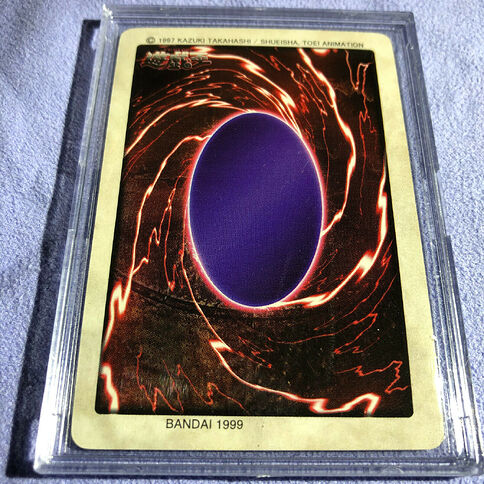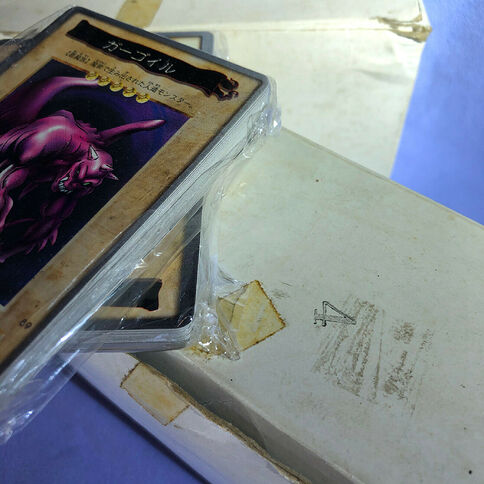Hi hlshih. I see you have concerns about the consensus that some of the cards are not genuine. Primarily your concern is about legitimising the cards that omit the “made in japan” segment of the footer on some of the cards in circulation (as shown above), as you understand these to be reissues produced in Hong Kong (HK) and for the HK market.
I am not closed minded to the possibility, however, for as long as I can remember seeing these cards, many people, including me, have been under the impression that these are in fact not genuine cards and no information has been able to be found to support their authenticity (at least so far).
The concerns that lead to the presumption of their inauthenticity were formed around the following:
The cards are visibly different in many ways:
- They appear to be cut on different machines,
- The colouring of the ink is noticeably different,
- The text has been omitted (“made in japan”);
And they rarely are sold from Japan.
For a series plagued with counterfeits, it certainly isn’t obvious if they are in fact a licensed Hong Kong version. Which, if it turns out to be true is fantastic – but we will need proof.
But speaking of counterfeits this leads me to the next discussion point:
The footer has many variants appearing on known counterfeits. For example these aren’t the cards you have outlined in your concerns, and are 100% counterfeits.
Our first example has only a purported year on the footer (and is missing the copright information in the header). These counterfeits show there is an precedent towards making such modifications.
Our second example omits the entire footer, including the copyright information normally within the header.
You can see why there is cause for healthy concern when identifying these attributes, when a collector is looking to purchase authentic cards that match their expectations against known genuine products.
But I am honestly very curious about your origin comment and would like to know the truth and would require evidence to support it.
With this in mind I started searching for other cards that may corroborate or at least give some credibility to the proposed origin of these cards. What I found was some Yugioh cards had the same treatment with a removal of the “made in japan” segment of the footer in addition to other copyright information changes, and the seller also claimed they are Hong Kong versions.
A Japanese back produced by Bandai in Japan.
A purported Hong Kong Version with english backing.
This would seem to support your comment.
Some additional photos of how they were packaged.
Notice how the alleged Hong Kong version of the Yugioh card is visibly different to the original in the same three ways I outlined earlier. Also the box they came in was nondescript and contained no branding with cards segmented into identical bundles. Normally vending cards aren’t packaged this way and are typically randomised.
I did manage to find this website which has recorded the various Bandai Yugioh card backings, including this one, and have labelled it as an English back with the comment of having had “no known uses”. So far I am unable to find any documented evidence of these versions being licensed.
I would happily change my view to them being official if sufficient supporting evidence was provided that these were in fact licenced products.
Hopefully someone can provide the proof required, but until that happens I personally will continue to hold them under the umbrella of counterfeits (and trust me, I would be super excited by the revelation of a Hong Kong licensed version).
I hope this is a satisfactory response to address your concerns. Thank you for your comment.





